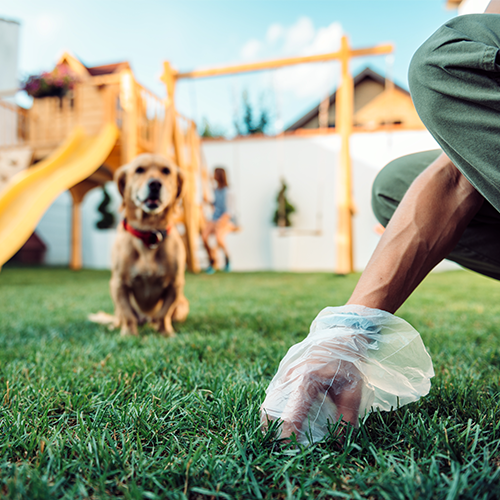Though cats are known to be carnivores, some may actually ingest a bit of vegetation here and there, especially grass. Nibbling and chewing on grass is an instinctive behaviour for all cats, dating back to their times as a wild cat. It can actually be quite healthy, though grass in city areas nowadays might not be the best for your feline friend. If you’re looking to help your feline friend to dip back into their natural instincts, here’s how to provide some healthy cat grass for them!
What is cat grass?
Cat grass is usually a mixture made by different types of seeds such as wheat, rye, oats or barley. Not to be mistaken for catnip, cat grass is typically grown indoors to provide your cats with a safe and healthy piece of the outdoors! If your cats tend to roam outside, it can also act as a better alternative to the grass outdoors that may have been sprayed with toxic pesticides.
Why cats tend to nibble on grass isn’t particularly clear, but one strong reason is that it helps with their digestion. The grass acts as a laxative to let your cat push hairballs and bits of food out easier. It also contains folic acid, which aids in the production of haemoglobin that helps the circulation of oxygen in their body. They may also eat grass due to the traces of minerals and vitamins A and C in them.

Photo by detry on Freepik.com.
With cat grass, indoor cats get to enjoy a safe and edible part of the outdoors, while outdoor cats get the healthy alternative to the possible pesticide-infested grass outside.
How do grow cat grass in your home
If you’d like your cat to begin munching on some greens, you can start growing your very own cat grass at home! You can get easy-to-grow cat grass kits from pet stores to help make the process easier as well.
You’ll need:
- A container
- Organic potting soil
- Cat grass seeds (wheat, rye, oats or barley)
- 50ml of water
- A sunny spot at home
Instructions:
- Fill the container 2/3rds up with soil, leaving about 3cm of empty space at the top
- Scatter your seeds evenly before filling up the rest of the container with soil
- Sprinkle the soil with water regularly and place the container in a sunny spot at home (make sure it’s at a place where it won’t be easily toppled by your cat!)
- After three to seven days, the seeds should begin germinating
- When the grass reaches three to four inches, you can place it near their food bowl and let them have a nibble!
The grass should be able to last one to three weeks; if it starts to wilt or turn colour, it’s time for a change of grass. Make sure to not overwater the grass too, to avoid growing mold.

Photo by user17222333 on Freepik.com.
Too much grass?
However, cats might overeat, especially if they’re ill or have an underlying medical condition. If you see your cat consuming a lot of grass and puking excessively, bring them to a veterinarian to check if they’re infected with any serious illnesses or disease.

Photo by natalliaboroda on Freepik.com.
Cat grass might seem weird at first, but it’s just a dip back into your cat’s natural diet! Be sure to grow them well, and your feline friend will definitely have a much better time with their digestion and blood circulation!
References:
https://www.petmd.com/cat/care/evr_ct_how-to-grow-cat-grass
https://www.hillspet.com/cat-care/nutrition-feeding/cat-grass-safety-and-information
https://natusan.co.uk/blogs/inside-scoop/cat-grass-everything-you-need-to-know






